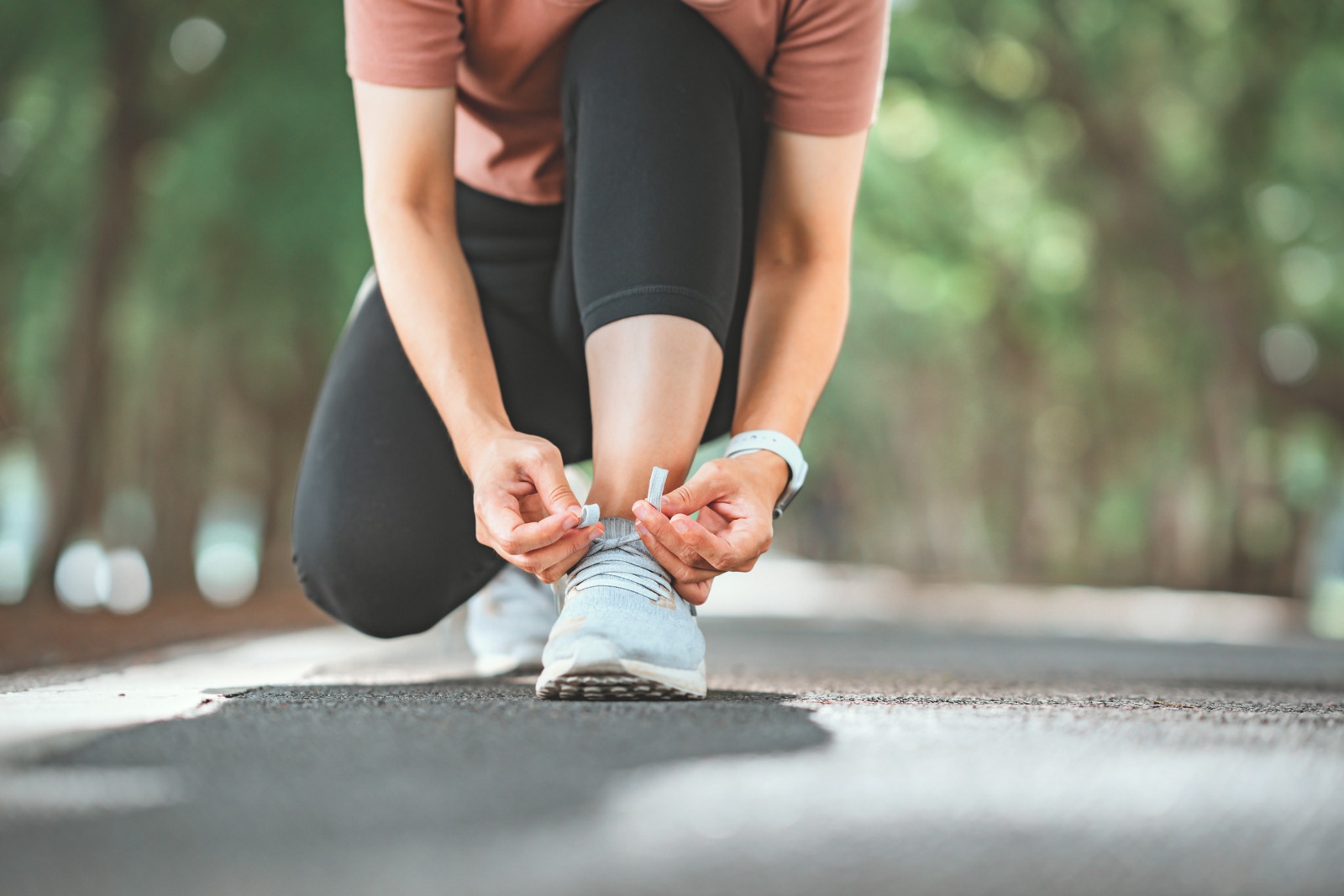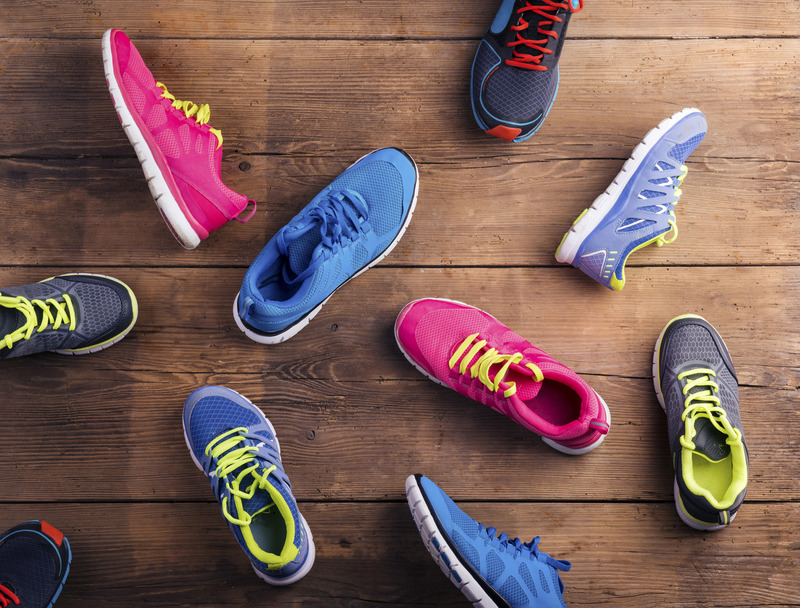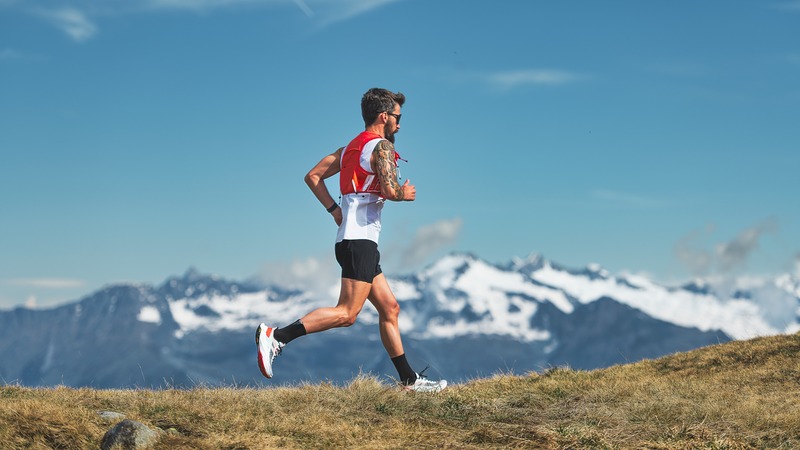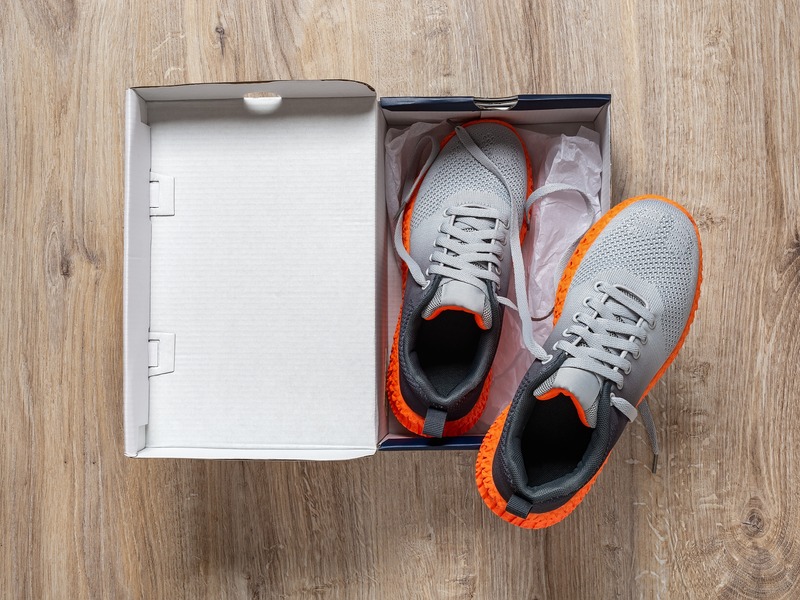Do You Need to Break in New Running Shoes?
August 1, 2024

When you buy through links on our site, we may earn an affiliate commission.
It used to be the case that slipping on a new pair of running shoes meant you were in for a few weeks of blisters and discomfort. Some still believe that this “breaking in” period for running shoes is par for the course. But the truth is that you should disregard this age-old advice.
Modern running shoe technology has revolutionized the way we think about new footwear. Gone are the days of stiff leather uppers and rigid soles that needed time to soften and conform to your feet. Today's shoes are designed to deliver comfort and performance right out of the box.
But does this mean you can lace up and immediately tackle a marathon? Probably not. So, let's delve deeper into the debate surrounding break-in periods and reveal why some runners still swear by them.
Why Running Shoes No Longer Need Breaking In
Today's running shoes are ready to go out of the box primarily due to changes in materials used in their construction in recent years. They're no longer stiff and unyielding at first and, thanks to high-tech materials and ergonomic designs, should feel great on your feet from the get-go.
So, if you're currently in the process of buying a new pair of running shoes, you need to bear this in mind. There shouldn't be any pinching or rubbing when trying models on. If something doesn't feel right from the outset, don't think they'll get better eventually by “breaking them in.” That mindset is from a bygone era when running shoe uppers were predominantly leather and midsole foams were much stiffer.
Your fit should be snug but not tight, supportive without being restrictive, and comfortable from heel to toe. If something feels “off,” even if you can't quite pinpoint what it is, it's probably best to move on to another pair (unless there's a reason for them feeling different – more on this shortly).
Having said all of this, that begs the question, why do so many runners, some of them extremely experienced, insist that you need a few weeks of running in a shoe to get it to perform at its best?
Why You Might Need an Adjustment Period with Your New Running Shoes
So, if today's running shoes are designed for out-of-the-box comfort, why might you need a short period of “adjustment” to get the most out of your new trainers?
Getting Used to New Features
Even if your new shoes fit like a glove, your feet need time to acclimate to their unique features. Maybe you've jumped up in stack height and are running with a much more cushioned midsole, or you've gone in the opposite direction and have a much more responsive foam to contend with. Either way, your feet and legs will need at least a few runs to fully appreciate and adapt to these innovations.
You might need to make the most significant adjustment for cutting-edge racing shoes using carbon plates. These will require you to alter the way you run slightly to get the most energy return (more of a “rocking” motion to your stride), and their huge cushioning will also take some getting used to.
Transitioning Between Shoe Types
Another switch that could leave you feeling as though you need to “break in” your shoes is changing running shoe categories. For instance, if you've been working on your gait and want to switch from a stability shoe to a neutral shoe, that change can feel quite dramatic. Similarly, a significant height change in your heel-to-toe drop can have a similar effect.
While your body will eventually adapt, putting on these shoes for the first time can feel strange and as though you've made the wrong decision. But it's more about your body adapting to the changes than “breaking in” your shoe. As long as you're aware of these significant changes, you can expect the adjustment period and not needlessly abandon a new pair because something feels off.
Best Practices for New Running Shoes
So, what is the best way to manage this adjustment period, whether you're switching up the style of your shoes or running with shoes that have features you're not used to?
Start Small
For your first couple of runs, just keep it short and sweet. Launching into a marathon training long run in a fresh set of shoes is never a good idea. Keep your shoes that you're about to replace in rotation for a few more weeks as you build up from 2-3 miles to more serious distances, letting your body get used to the new feel of the shoe and allowing the insole to mold to your foot a little better.
Listen to Your Body
Of course, your best measure of something being wrong is your body. While a little unfamiliarity should be expected (especially if changing brands, models, or shoe categories), you shouldn't be uncomfortable after the first couple of runs. If you're dealing with persistent issues such as friction hot spots or blisters, those shoes likely aren't for you, or you need a different size.
Special Considerations
Remember, the big adjustments will only be needed for new-age shoes such as carbon-plated speedsters or the new wave of chunky Pebax max-cushioned shoes. These shoes may even have specific guidance you can find online regarding any expected adjustment period. Follow any guidelines and mentally prepare yourself for a longer period of getting used to things.
Running Shoes Don't Need Breaking In – But You May Need to Adjust
Hopefully, you now understand that the days of breaking in shoes (the period over which materials would soften and mold themselves to your foot) are long gone. There may be periods where you need to adjust – especially to newer technologies. But generally speaking, there shouldn't be a period of discomfort as there was with the running shoes of yesteryear.
If you're swapping running shoes like-for-like, there will be very little to do apart from letting the insoles mold to your feet over a couple of short runs – that's it. However, if you're changing heel-to-toe drops, cushioning heights, or trying out carbon-plated shoes, expect your shoes to feel strange for a few weeks before everything really “clicks.”
If you are currently on the hunt for a new pair of running shoes, don't forget we're here to help. Our platform scans thousands of makes and models across leading retailers to find you today's best deal. Simply head over to the RunningShoeDeals.com search bar and enter your preferred make and model to get started.


